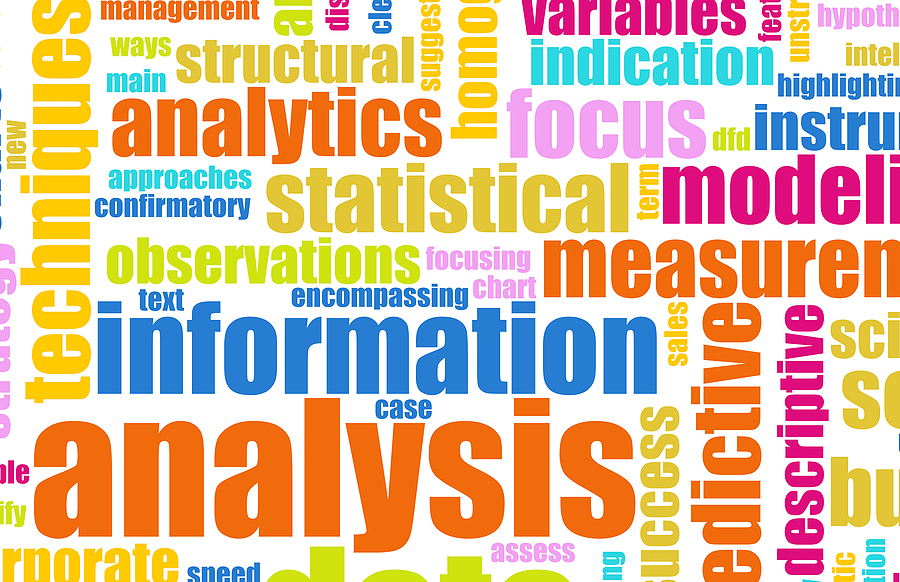
Recruiting Students in an Ever-Changing Environment: How Personas Can Boost Engagement in a Post-Pandemic World
Discover how a well-executed education marketing campaign can boost enrollments and why personas are the key
For the past several years, secondary and higher education institutions have noticed a significant, worsening decrease in student enrollment. From four-year universities to community colleges and adult education programs, none have been exempted from the pervasive downward enrollment trend seen amid the COVID-19 pandemic.
To get enrollments back up, education programs are enlisting marketing companies to help them better understand their target markets, which includes getting into the psyches of prospective students. This understanding is the foundation of an effective recruitment campaign because when you know what motivates someone, you can ensure all your communications to that prospect, including ad campaigns, use words and a tone that most appeal to them. This important information about a target audience is rolled into what is called a persona.
Personas – Definition, Creation, and Execution
Personas are fictional characters that represent the target audiences your organization would like to reach. They are developed based on research about your target markets, and they emphasize a product or service’s benefits, versus its features. Lower in this blog article, for example, you will read about Spencer and Maria, whose stories were created based on research we conducted for an adult education campaign in Illinois.
Spencer and Maria’s stories, and those of other personas, are meant to appeal to the emotions of specific audience segments. Organizations typically will have more than one persona in their target market because motivators can be different for sub-segments within a larger audience segment. For example, an English language learner who wants to improve their English for work reasons will have different motivators (and barriers) than those who want to learn English to relate better to family members or help a child with homework.
Personas start with extensive demographic and psychographic information (Table 1) that allows you to get into the minds of audiences to create targeted emotional messages. Building out personas by audience segment will give you what you need to develop precise, strong messaging that resonates throughout an ad campaign.
Table 1: Examples of Demographic and Psychographic Questions
| Demographic | Psychographic |
| Do they own or rent a home? | What do they do in their free time? |
| Do they currently have a job or career? | What are their hobbies? |
| What is their highest level of educational attainment? | What websites, magazines, books, and movies do they gravitate toward? |
| Do they have children? | What are their goals, dreams and fears? |
A Real-World Application
Full Capacity Marketing is currently executing a statewide adult education campaign called Illinois Adult Education – Your Path. Your Future. to increase enrollments in adult education in that state. We evaluated the demographics and psychographics of students across the state to identify four market segments for the campaign, including adult learners who wanted to 1) learn English for career purposes; 2) learn English for personal reasons; 3) complete high school or prepare for college; and 4) prepare for a career.
Here are two different personas we used for the Your Path. Your Future. English language learner campaign:


The personas capture the type of nuance that allows us to create tailored, emotional messages that relate to each segment’s behavior patterns, motivations, and goals, as reflected in the two ads below. This information is valuable not only for ad campaigns but for any communication that takes place with that specific audience segment. That could include email, text, social media posts or brochures.


The segmented messages captured nearly 1,000 leads just a few months into the campaign. Some of the ads had click-through rates of over 5% (industry benchmark is .93%). This is because the more the message is tailored and targeted, the more interest it will generate.
The Approach to Maximize Success for Any Campaign
To summarize, here are the steps to create effective, emotional messages for your ad campaigns:
- Use demographic and psychographic data to understand the psyche of the market segment, including their fears and motivators.
- Create personas to represent students within your market segments.
- Use the personas to create effective messages for your various market segments.
Pro tip: Be sure your messaging includes your target audience’s pain points (key challenges they are currently facing within a post-pandemic environment); your solutions (programs and classes); a call to action (e.g., call your organization, enroll); and how taking that action will solve their pain points.
If you are thinking about an enrollment campaign for youth, jobseekers, students and/or adult learners, let’s work together. Contact us for a complimentary consultation.
Share this article

Thought Leaders in Workforce, Education & Entrepreneurship



Comments
There are no comments yet